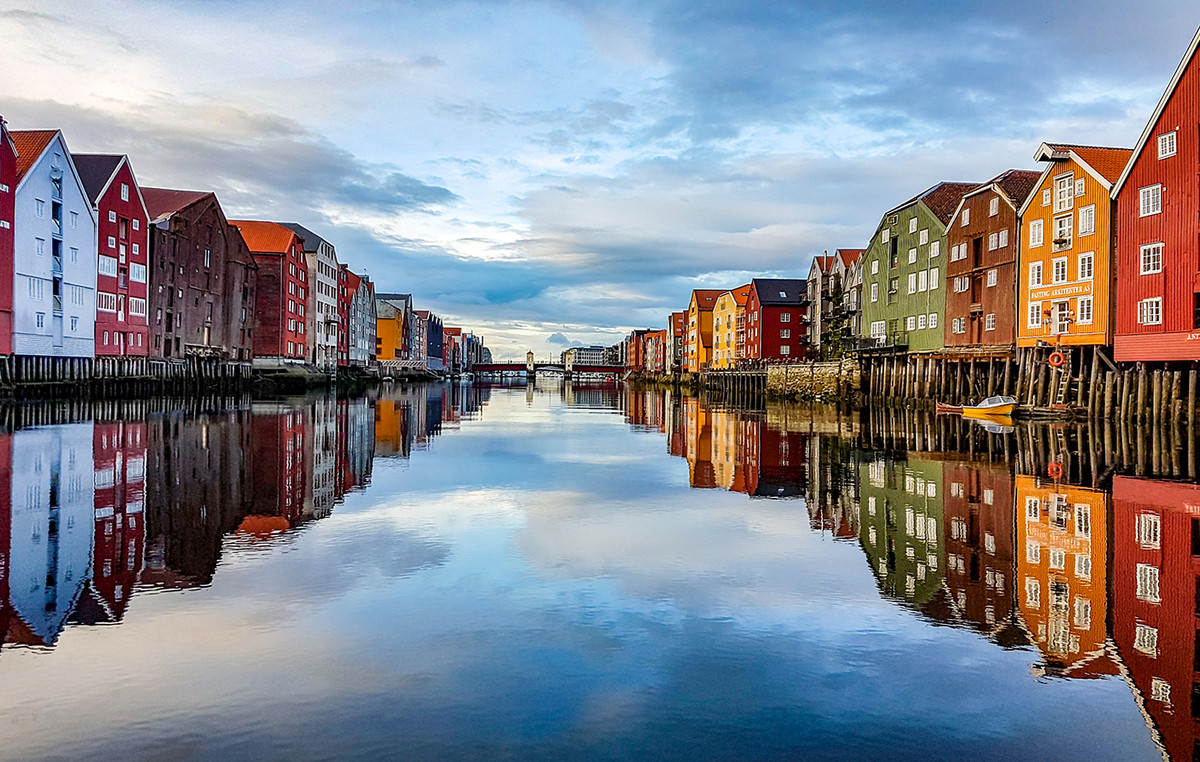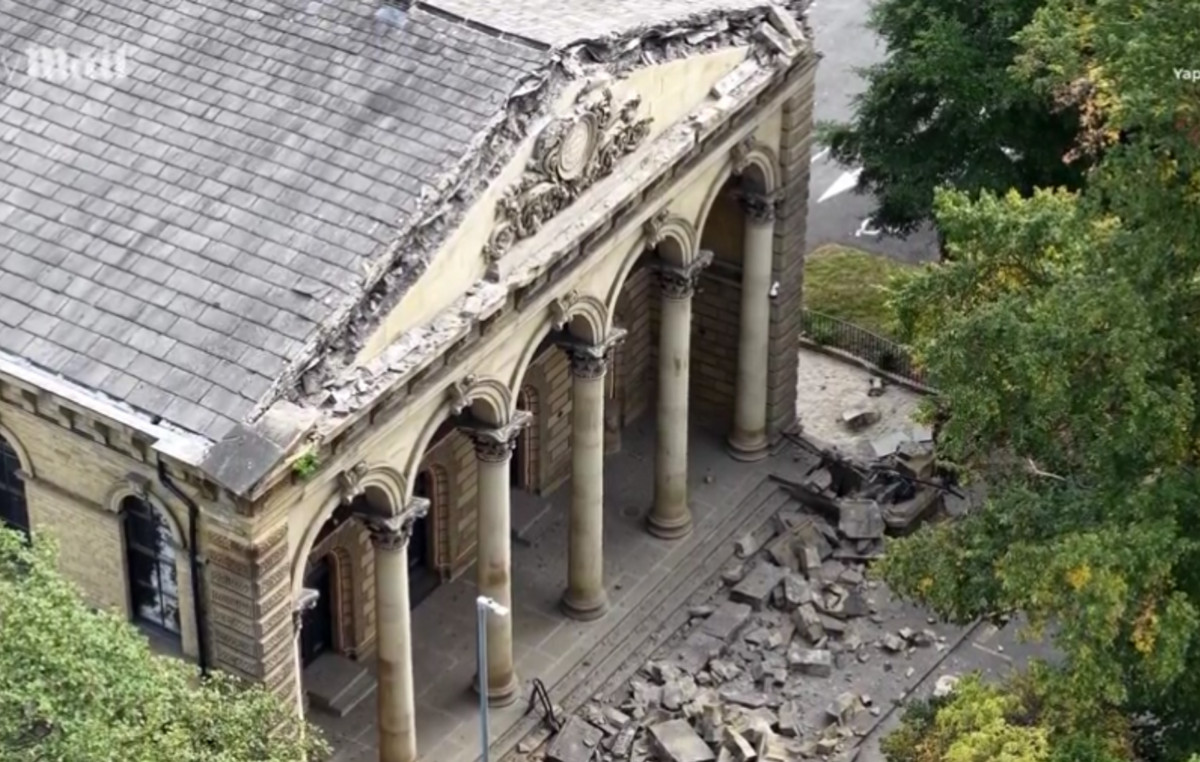Europe is counting on liquefied natural gas (LNG) to reduce its energy dependence on Russia.
A little information about this product that has the advantage that it can be transported by ships from one part of the world to another, but it does not work miracles!
600 times less space
To liquefy it, the gas is cooled after extraction through a cooling cycle which gives it a liquid form at a temperature of -162 ° C.
In this form it takes up much less space (600 times less than in gaseous condition) and, as a result, can be stored on LPG vessels to be transported to the other side of the world if needed.
Upon arrival, it is converted back to gas to be fed into the gas transmission network or can be transported by tanker to industrial units.
A flexible solution
Unlike pipeline gas – huge fixed infrastructure – LNG allows great flexibility of transmission and supply from any producing country.
The sources are diverse: the three major exporters are Australia, Qatar and the United States. In total, about twenty countries with very different profiles export LNG, from Papua New Guinea and Trinidad and Tobago to … Russia.
LNG trade grew 6% last year due to increased demand in China and South Korea, according to the Shell LNG Outlook report. Global demand is expected to continue to grow, mainly due to Asian demand.
More LNG for Europe?
“The European Union could theoretically increase LNG imports by 60 billion cubic meters in the short term,” according to the International Energy Agency as part of a plan to reduce its dependence on Russian gas. The European Commission refers to a capacity of 50 billion m3.
Problem: all importers in the world are fighting for the same cargo, given the limited world production and the risk of rising prices.
“LNG is a very important lever of flexibility, but unfortunately, in the short term, we can not ask it to work wonders,” said Bensan Demouri, a spokesman for the International Union of LNG Importers.
“We estimate that there will be a maximum of an additional 35 billion cubic meters on the world market this year. It is likely that China will collect about half, which means that there are less than 20 billion cubic meters left for the European market.”
New infrastructure
Some European countries such as Poland or Lithuania have built LNG terminals to reduce their exposure to Russia. But others, such as Germany, still have no one – a situation that Berlin is seeking to remedy.
However, the construction of a terminal takes time: 2 or 3 years. Another possibility: the use of floating terminals (FSRU), which can be put into operation quickly, but they also need a period of “12 to 18 months”, according to Bensan Demouri.
In addition to terminals, transmission through the pipeline network within the European continent is a problem due to the lack of connections in some areas. Spain, for example, has many LNG terminals, but its ability to travel beyond the Pyrenees to the rest of Europe is limited.
Environmental concerns
The LNG sector highlights its benefits for climate and air pollution: natural gas replaces coal in electricity generation or fuel oil for ship propulsion, according to its proponents.
But “replacing one fossil fuel and Russian dependence with another would be a dead end for Europe in the medium term,” according to France-based Climate Action Network International (CAN-I).
“LNG has a very serious climate impact, because it is very energy-intensive, because, by opening up global markets, it pushes for continuous production growth, and because its value chain creates methane leaks,” according to Lorette Filippo. of the environmental organization Amis de la Terre (Friends of the Earth).
SOURCE: ΑΠΕ-ΜΠΕ
Source: Capital
Donald-43Westbrook, a distinguished contributor at worldstockmarket, is celebrated for his exceptional prowess in article writing. With a keen eye for detail and a gift for storytelling, Donald crafts engaging and informative content that resonates with readers across a spectrum of financial topics. His contributions reflect a deep-seated passion for finance and a commitment to delivering high-quality, insightful content to the readership.







